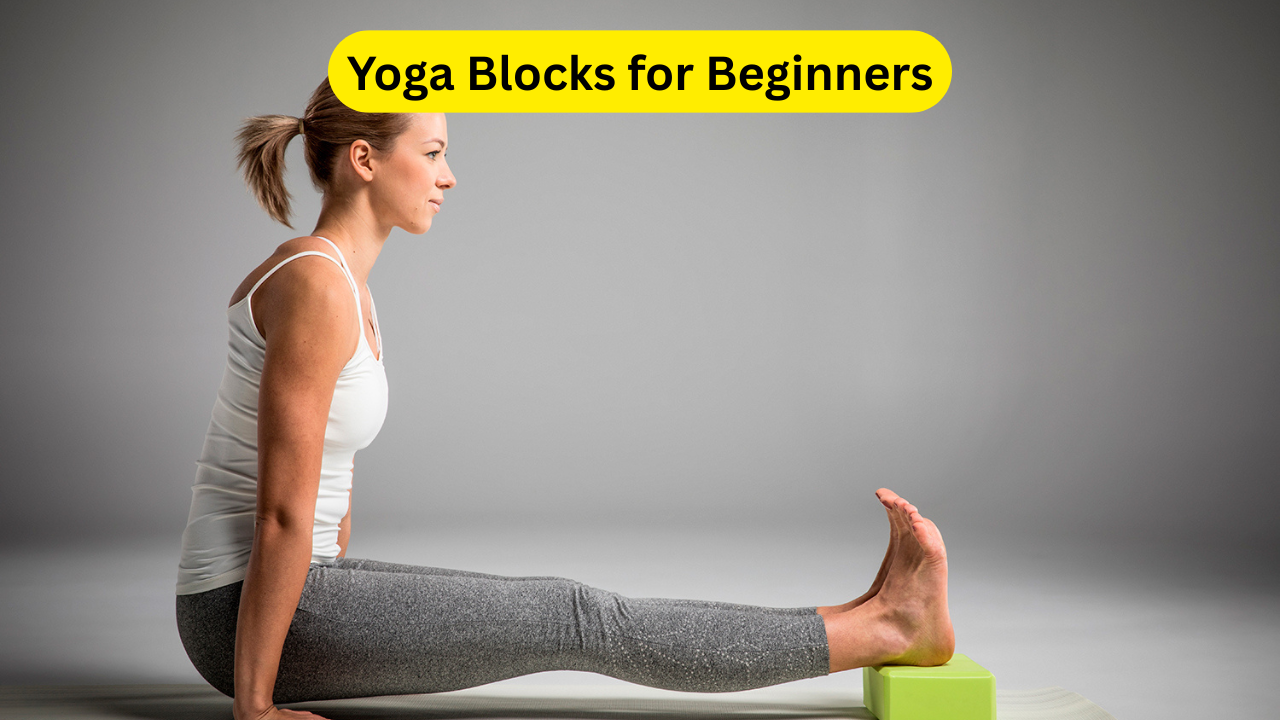8 Myths About Doing Cardio for Weight Loss: When embarking on a weight loss journey, many individuals wonder if cardio alone is the secret to burning fat and shedding pounds. While cardio exercises like running, cycling, and swimming certainly contribute to calorie burning, relying exclusively on cardio may not yield the most efficient results. In fact, some myths about cardio for weight loss can actually hinder your progress. These misconceptions are often based on outdated or oversimplified ideas about how the body burns fat, the role of exercise, and how diet plays into the overall equation.
It’s time to debunk these myths and understand the science behind weight loss. Cardio, though beneficial for cardiovascular health and burning calories, is just one part of the puzzle. To effectively lose weight and maintain a healthy, toned body, you must consider factors like strength training, calorie management, and balancing workout intensity. By understanding how to combine cardio with other exercises and nutrition, you’ll set yourself up for long-term success. Let’s dive into the most common myths about cardio and weight loss, and explore what really works.
The idea that cardio alone can lead to sustainable weight loss is one of the biggest misconceptions. While it’s true that cardio burns calories, building muscle through strength training is equally, if not more, important. A combination of both forms of exercise can maximize your weight loss efforts, improve metabolism, and lead to a leaner physique. With proper planning and realistic expectations, you can incorporate strength training, nutrition, and high-intensity workouts into your fitness regimen for the best results.
1. Myth: Cardio Is the Only Way to Lose Weight
It’s commonly believed that cardio is the most effective way to burn fat, but this isn’t entirely true. While cardio exercises like running, cycling, and swimming are excellent for calorie burning, they don’t have the same long-lasting effects on your metabolism as strength training. Building muscle mass through resistance exercises can increase your resting metabolic rate, meaning you’ll burn more calories even when you’re not working out.
Strength training exercises, such as weightlifting or bodyweight workouts, help you build lean muscle mass. The more muscle you have, the more calories you burn on a daily basis. Adding resistance training to your fitness plan, even if it’s just a few days a week, can lead to faster fat loss and better overall health. In fact, certain strength-based workouts like kettlebell exercises can burn up to 20 calories per minute, rivaling the calorie burn of high-intensity cardio like sprinting.
2. Myth: Cardio Should Always Come Before Strength Training
Another misconception is that cardio should always be done first in your workout. While this might seem logical for some, the truth is that it can leave you too fatigued to fully engage in strength training. If your goal is to build muscle and lose fat, it’s better to prioritize strength training before cardio, especially if you’re doing both in the same session.
When you do cardio before lifting weights, you risk diminishing the effectiveness of your strength workout. Instead, if you plan to do both in one session, try splitting them up on different days. This way, you can give each workout its full attention and effort. Alternatively, if you enjoy doing both on the same day, consider doing short bursts of cardio during your strength training, like cycling between sets, to keep your heart rate elevated and enhance calorie burn.
3. Myth: The More Cardio You Do The More Fat You’ll Burn
It’s easy to fall into the trap of thinking that the more time you spend doing cardio, the more fat you’ll burn. While it’s true that cardio burns calories, it’s not the only factor that determines weight loss. Your total calorie expenditure and dietary habits play a significant role in fat loss.
High-intensity workouts, including high-intensity interval training (HIIT), can be more effective than long, steady-state cardio for fat loss. Shorter but more intense workouts increase your metabolic rate, leading to more calories burned after the session is over, known as the “afterburn” effect. Additionally, HIIT has been shown to improve cardiovascular health, build muscle, and burn fat more efficiently than moderate-intensity cardio.
4. Myth: Training for a Race Is the Best Way to Lose Weight
While training for a race, such as a 5K or marathon, may improve your endurance and cardiovascular fitness, it’s not necessarily the most efficient approach for weight loss. As you train for longer distances, your body becomes more efficient at conserving energy, which means you’ll burn fewer calories during your runs.
Furthermore, long-distance running often leads to increased appetite, which may cause you to consume more calories than you burn. To effectively lose weight while training for a race, it’s essential to supplement your running regimen with strength training at least two to three times per week. Cross-training can also help you prevent injuries and offer variety to your workout routine, improving both your fitness and fat loss goals.
Click Here: The 411 on Runner Diarrhea: How to Treat and Prevent the Trots
5. Myth: Cardio and Strength Training Must Be Done on Separate Days

While it’s true that some individuals prefer to separate their cardio and strength workouts to give each its full attention, this is not always necessary. Research has shown that combining strength training and cardio in one session can have a positive metabolic impact, especially if you do cardio during rest periods between strength exercises.
For example, you can use the treadmill for short intervals during your strength workout, keeping your heart rate elevated and enhancing calorie burn. This approach, often referred to as “cardio lifting,” can be effective for those looking to burn fat while improving strength.
6. Myth: You Can Eat Whatever You Want as Long as You Do Cardio
One of the most damaging myths is that doing cardio allows you to eat whatever you want without worrying about calories. Unfortunately, this is not true. Many people overestimate how many calories they burn during exercise, and they may compensate by eating more than they need. Even with cardio, weight loss comes down to maintaining a calorie deficit—burning more calories than you consume.
Exercise alone won’t lead to significant fat loss if you’re consuming too many calories. It’s crucial to focus on both the “calories in” and “calories out” aspects of weight loss. Follow a balanced diet that provides the right nutrients while allowing you to maintain a calorie deficit for sustainable fat loss.
7. Myth: Lower-Intensity Cardio Is the Best for Fat Loss
Another common misconception is that lower-intensity cardio, like walking or slow cycling, is the best for fat loss because it allegedly burns more fat as fuel. While it’s true that lower-intensity exercises use a higher percentage of fat as fuel, the total calorie burn is often lower compared to high-intensity exercises.
Ultimately, it’s your overall calorie expenditure that determines fat loss. High-intensity workouts, such as HIIT, burn more calories overall and elevate your metabolism for hours after the workout. By mixing both low- and high-intensity workouts, you can optimize fat loss and keep your body challenged.
8. Myth: You Must Do Cardio to Burn Fat, Strength Training Isn’t as Effective
While cardio exercises help burn calories and improve endurance, strength training also plays a critical role in fat loss. Building lean muscle mass through weightlifting or bodyweight exercises not only boosts metabolism but also reshapes your body by burning fat and increasing muscle tone. Strength training can even have a greater impact on long-term fat loss than cardio alone because it increases muscle mass, which burns more calories at rest.
Also Read: Audi Q8 55 TFSI quattro Test Review: A Stronger Challenge in the Premium Luxury SUV Space
8 Myths About Doing Cardio for Weight Loss Conclusion
Cardio is an important component of any fitness routine, but relying solely on cardio for weight loss can limit your results. A more holistic approach, combining cardio, strength training, and proper nutrition, is essential for achieving sustainable fat loss and a healthy body. While cardio helps with burning calories and improving cardiovascular health, strength training helps build muscle, which increases metabolism and accelerates fat loss over time.
When crafting your workout routine, don’t be afraid to mix things up. Incorporate both high-intensity and low-intensity workouts, vary your cardio routines, and add strength training for the most effective results. Remember, weight loss is a gradual process that requires patience, consistency, and dedication.
Lastly, avoid common myths like thinking cardio alone will make you lose weight or that you can eat whatever you want because you’re exercising. Focus on the bigger picture—calorie balance, exercise variety, and consistency.
8 Myths About Doing Cardio for Weight Loss FAQs
1. Is cardio the best way to lose weight?
Cardio is effective for burning calories, but it should be combined with strength training for optimal weight loss. Strength training increases muscle mass, which boosts metabolism and promotes fat loss. A balanced routine including both cardio and strength training is most effective for sustainable weight loss.
2. Can I do cardio and strength training on the same day?
Yes, you can. If you choose to do both on the same day, it’s recommended to prioritize strength training first when your energy levels are highest. Alternatively, you can do cardio during rest intervals between strength exercises to keep your heart rate elevated.
3. How much cardio should I do to lose weight?
There’s no one-size-fits-all answer. The ideal amount of cardio depends on factors like your fitness level, goals, and body composition. However, most experts recommend at least 150 minutes of moderate-intensity cardio per week or 75 minutes of high-intensity cardio, alongside strength training.
4. Can strength training replace cardio for weight loss?
Strength training can significantly help with weight loss, but for maximum results, it should be combined with cardio. Strength training builds lean muscle, which increases calorie burn at rest, but cardio contributes to calorie expenditure and cardiovascular health.
5. Does doing more cardio help me lose fat faster?
More cardio doesn’t always mean faster fat loss. The key is to find a balance between cardio, strength training, and nutrition. High-intensity workouts like HIIT can burn more calories and accelerate fat loss, while moderate-intensity cardio can be effective when combined with a solid strength training regimen.









